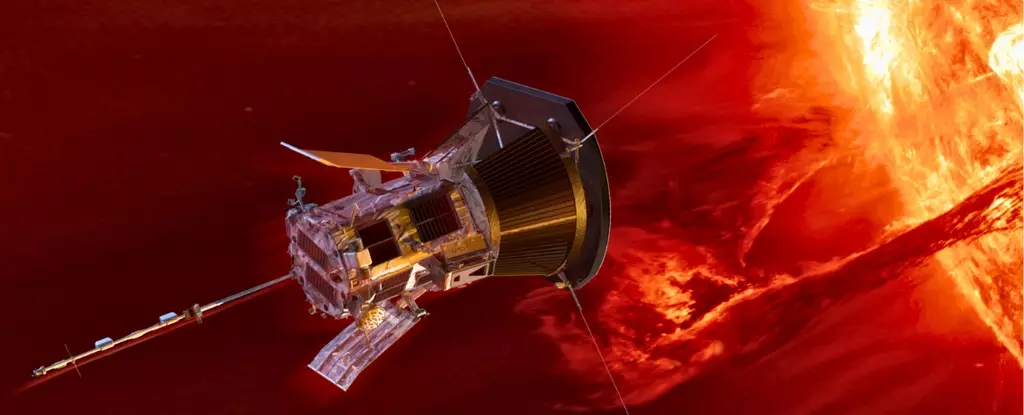In August 2018, NASA embarked on a transformative mission with the launch of the Parker Solar Probe (PSP), setting its sights on understanding one of nature’s most enigmatic entities—the Sun. The Parker Solar Probe was designed to make history by traveling closer to the Sun than any human-made object ever has, a feat that was attained through meticulous planning and several gravity-assist maneuvers involving Venus. By October 29, 2018, the probe successfully broke the previous record held by Helios 2, marking its place in solar exploration history.
The Parker Solar Probe is an incredible feat of engineering and scientific ambition, embarking on a journey that involves a highly elliptical orbit. It has facilitated numerous passes through the Sun’s outer corona, an area previously thought to be too treacherous for human-made technology. Each approach enables the probe to collect invaluable data, bringing us closer to fundamental truths about solar mechanics and their effects on our solar system.
On December 24, 2024, NASA announced a remarkable milestone—the Parker Solar Probe made its closest approach to the Sun, flying just 6 million km (or about 3.8 million miles) from its surface. This distance translates to a mere 0.04 times the distance between Earth and the Sun, demonstrating just how daring this mission truly is. It’s astonishing to note that the probe traveled at an incredible speed of around 692,000 km/h (approximately 430,000 mph), making it the fastest human-made object in history—an impressive accomplishment born from decades of research and innovation.
As the spacecraft executes its mission, it is essential for its instruments to remain functional despite the intense solar environment. To achieve this, the Parker Solar Probe is outfitted with a revolutionary carbon-composite heat shield capable of withstanding temperatures between 980 and 1,425 degrees Celsius (1,800 to 2,600 degrees Fahrenheit). By keeping its instruments shaded and cool, the probe can monitor the solar atmosphere without being overwhelmed by its hostile environment.
The main scientific objectives of the Parker Solar Probe are to deepen our understanding of the solar atmosphere and the solar wind—a stream of charged particles released from the Sun that influences space weather. As NASA’s Associate Administrator Nicky Fox stated, “By studying the Sun up close, we can better understand its impacts throughout our solar system.” This knowledge is crucial not just for astronomical endeavors but also for grounding our understanding of potential space weather phenomena that affect satellite operations and technology on Earth.
Additionally, the Parker Solar Probe’s missions tie into a larger search for habitability beyond our planet, answering questions that may someday help humanity explore other worlds. As scientists analyze the probe’s data, they expect to uncover insights into not only solar dynamics but also the behavior of stars across the universe.
The Parker Solar Probe has already exceeded many expectations, even revealing unexpected findings during its encounters. Notably, during its inaugural pass into the solar atmosphere in 2021, it uncovered surprising features, such as spikes and valleys constituting the outer corona. Moreover, the probe managed to identify and measure “switchbacks,” zig-zag patterns in the solar wind, thus shedding light on the complex dynamics at play in the solar system.
The spacecraft’s journey has extended beyond just solar observation. It has meticulously captured images of Venus during gravitational assists, investigated the planet’s radio emissions, and even provided the first complete image of Venus’s orbital dust ring. Each of these milestones has added another layer to our understanding of the solar system’s intricacies while showcasing the probe’s versatility.
Looking forward, the Parker Solar Probe is set to conduct more solar passes, with future encounters scheduled for March 22 and June 19 in 2025. As the mission continues, scientists eagerly await newly collected data, which promises to unlock further secrets of the Sun and refine the knowledge we possess about cosmic phenomena affecting Earth and beyond.
The Parker Solar Probe represents not just a technological marvel but an audacious leap into the cosmos. As humanity continues to push the boundaries of space exploration, each discovery made by the Parker probe enhances our understanding of the universe, guiding us on our quest for knowledge and possibly new worlds for future generations.

